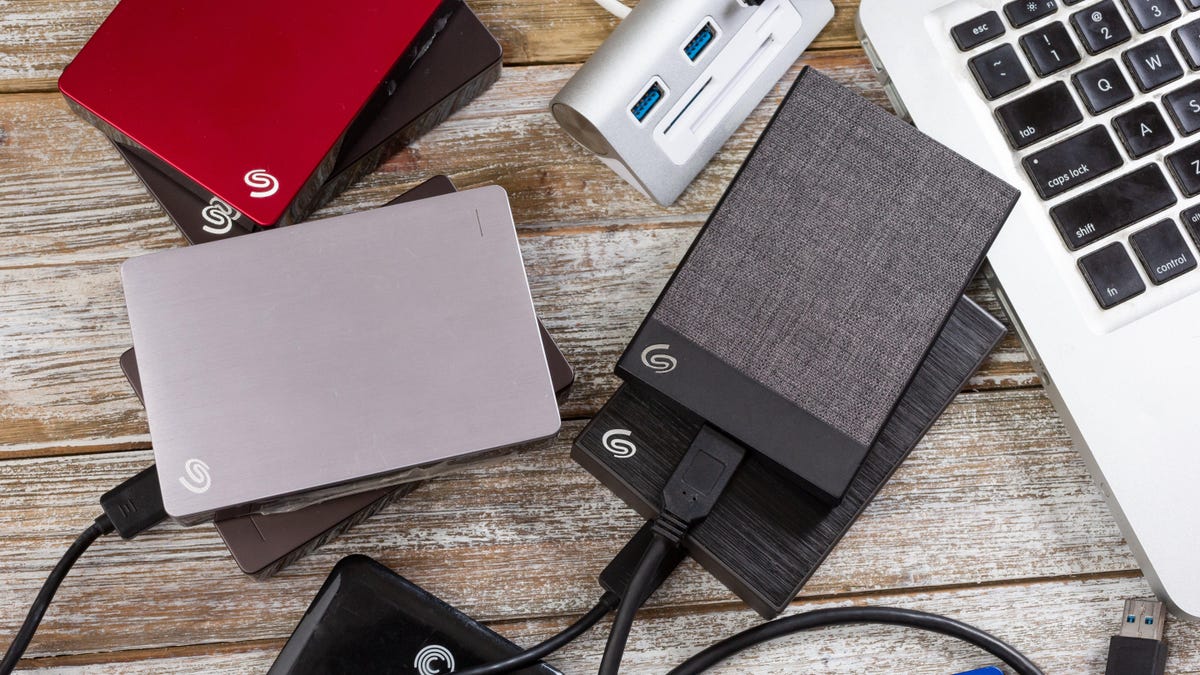It’s August, so it’s time for a new version of Parallels Desktop. The latest release of the company’s popular virtualisation software – Parallels Desktop 18 – features support for the newest Macs and preliminary support for macOS Ventura.
Parallels Desktop 18 includes compatibility with ProMotion displays, and when used with an M1 Ultra based Mac Studio delivers up to 96% faster Windows 11 performance thanks to the ability to assign more RAM and CPU cores to a VM.
An interesting touch is that Bluetooth game controllers connected to the Mac are available in Windows with no additional setup.
And on the subject of games, frame rates up to 120fps are available on ProMotion displays. Desktop 17 topped out at around 59fps.
|
|
Improved USB 3.0 support allows the use of peripherals such as webcams, video capture devices, and specialized hardware such as the Elgato HD60 S game capture device and the SOCT Copernicus REVO optical coherence tomography device for ophthalmologists.
Changes to the Parallels Tools component of Desktop provide even wider compatibility with Windows 11 apps when running on Apple Silicon. For example, Counter-Strike: Global Offensive now runs (it wouldn’t in Parallels 17), and issues around re-saving files from certain Microsoft Office apps to shared folders have been fixed.
Parallels senior product manager Kurt Schmucker pointed out that Windows 11 for ARM provides a very high level of compatibility – 99.99% – with Intel-based applications, including AutoCAD and games.
“There are very few apps that don’t run,” he said.
Parallels Desktop 18 still comes in standard, Pro and Business editions.
New features of the Pro edition on Apple Silicon Macs include virtual machine control via the command line interface, the Network Conditioner for simulating less than perfect connections, full VM isolation, remote profiling with Visual Studio, and support for netboot with Linux.
The Business edition can now be activated via a corporate account and single sign-on, easier and better documented deployment of Windows 11 VMs, reactivation from the cloud, and the ability to manage analytics participation via Parallels’ My Account portal.
Parallels Desktop 18 initially runs on macOS Mojave, Big Sur, Catalina and Monterey, and will run on Ventura – complete with Stage Manager support – once that version of macOS is released to the public.
On Intel-based Macs, supported host OSes include Windows 11 back to XP (or Windows 2000 in conjunction with Boot Camp); macOS from Ventura back to Lion; and various Linux distros (Ubuntu, Fedora, CentOS, Debian, Mint, Red Hat, Suse and Kali).
A smaller range of host OSes is supported on Apple Silicon systems: Windows 11 and 10, macOS Ventura and Monterey, and Ubuntu, Fedora, Debian and Kali with ‘one-click’ installation, plus RHEL and CentOS via manual installation.
“We are proud of our engineering team that continues to be at the forefront of innovation to offer a remarkably more powerful and seamless Parallels Desktop for Mac experience to our users, that is integrated with the latest macOS Ventura, optimized for the latest Apple hardware, and offers valuable features to deliver even better productivity and performance,” said Corel chief technology and product officer Prashant Ketkar. (Parallels was acquired by Corel in 2019.)
“This is as simple and easy to use as it gets, and our users can rely on Parallels Desktop for Mac to focus on the job at hand.”
Parallels Desktop still includes licenses for Parallels Toolbox (a wide-ranging suite of more than 50 utilities) and Parallels Access (remote access).
The standard edition of Parallels Desktop costs $139 a year. A $179 perpetual license is available on special request for organizations with policies that prohibit the use of software on subscription, but not to individuals.
The Pro edition is $169 a year, and the Business edition costs $209 a year.
Upgrades from any previous version of Parallels Desktop to Desktop 18 Standard cost $99, but this converts a perpetual license into an annual subscription.
Upgrades from any previous version to Desktop 18 Pro cost $99 a year.
.





